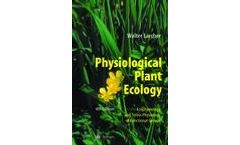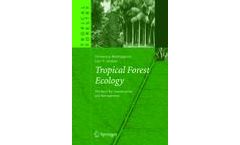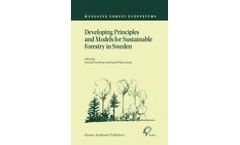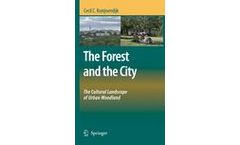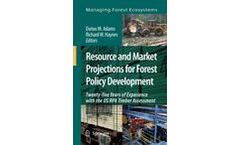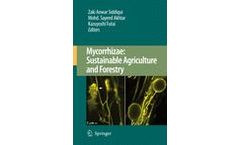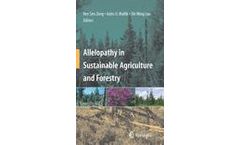Refine by
sustainable-forestry books
10 books found
(Plant Growth Regulation, The Netherlands) "This book is really a must reading for those interested in sustainable forestry." (Journal of Sustainable Forestry, ...
Research in tropical forestry is confronted with the task of finding strategies to alleviate pressure on remaining forests, and techniques to enhance forest regeneration and restore abandoned lands, using productive alternatives that can be attractive to local human populations. In addition, sustainable forestry in tropical countries must be ...
In this book is summarized those management principles that should be valid in areas where forests continuously are used for production, where biodiversity aspects are important as well as economy and productivity, and where demands on soil status and water quality are set. Especially the very long-term aspects are emphasized, and it is shown how system model thinking is used to reach the goals. ...
Bioenergy from Sustainable Forestry synthesizes information needed to design or implement sustainable forest management systems for production of biomass for energy in conjunction with other forest products. It is organized around the criteria for sustainable forest management: productivity, environment, social issues, economics, ...
Amsterdamse Bos, Bois de Boulogne, Epping Forest, Grunewald, Zoniënwoud; throughout history, cities in Europe and elsewhere have developed close relationships with nearby woodland areas. In some cases, cities have even developed – and in some cases are promoting – a distinct ‘forest identity’. This book introduces the rich heritage of these city forests as cultural landscapes, and shows that ...
The first book devoted to the complex interactions between trace elements, soils, plants, and microorganisms in the rhizosphere, Trace Elements in the Rhizosphere brings together the experimental, investigative, and modeling branches of rhizosphere research. Written by an international team of authors, it provides a comprehensive overview of the mechanisms and fate of trace elements in the ...
Long-range models that include product and resource detail are essential to meaningful analysis of both industry and resource sustainability. Taking this as its central argument, this book provides essential reading to anyone interested in projecting the future of either the forest products market and/or the forest resource conditions. It is aimed at policy makers, model builders, researchers and ...
Societies throughout the world depend on food, fiber and forest products. Continuity and security of agricultural and forest production are therefore of paramount importance. Predicted changes in climate could be expected to alter, perhaps significantly, the levels and relative agricultural and forestry production of different nations over the next few decades. Agriculture and forestry are ...
Mycorrhizal fungi are microbial engines which improve plant vigor and soil quality. They play a crucial role in plant nutrient uptake, water relations, ecosystem establishment, plant diversity, and the productivity of plants. Scientific research involves multidisciplinary approaches to understand the adaptation of mycorrhizae to the rhizosphere, mechanism of root colonization, effect on plant ...
Simply put, allelopathy refers to an ecological phenomenon of plant-plant interference through release of organic chemicals (allelochemicals) in the environment. These chemicals can be directly and continuously released by the donor plants in their immediate environment as volatiles in the air or root exudates in soil or they can be the microbial degradation products of plant residues. The ...

